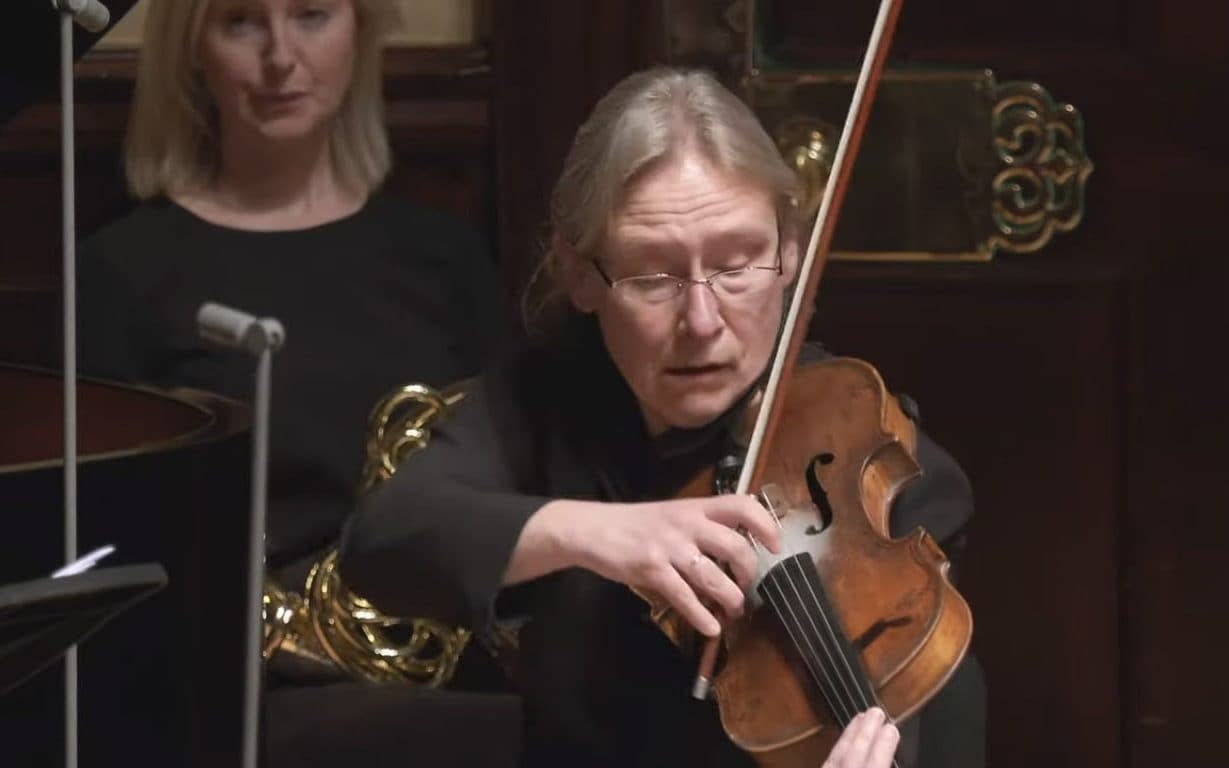Apartment House - Morton Feldman Celebration, review: a quietly rapturous occasion

- Oops!Something went wrong.Please try again later.
Launching a day-long celebration of the music of Morton Feldman with a work entitled Last Pieces was just the kind of joke the great man would have enjoyed. The piece was actually composed in 1959, when Feldman was only 33. “Morty” as everyone knew him was part of that now-mythical generation of New York-based modernists, which included artists like Franz Kline and composers like John Cage. Feldman liked to chat until the small hours over endless cigarettes and glasses of wine, which must have contributed to his relatively early death in 1987 at the age of 61.
By then Feldman had composed a huge number of works of all shapes and sizes including an opera based on Samuel Beckett, all dwelling in that inimitable Feldman universe of exquisitely slow, gentle sounds, placed next to each other with an unerring sense of balance. What he strove to avoid was the post-Beethovenian idea of music as a dynamic argument. He wanted to create music that never asserts itself, instead simply “tinting the air” as he once put it.
That poses a huge challenge to performers, who have to place each hushed, withdrawn note or chord with the same reverent care with which Feldman composed it. It must be said the members of the experimental music group Apartment House rose to the challenge magnificently. The group’s director and cellist Anton Lukoszevieze put together an ambitious programme of no fewer than 17 works, chosen from across the whole of Feldman’s career.
Among them was The King of Denmark, a piece for a percussionist surrounded by numerous drums, cymbals, gongs etc. At the premiere in 1964 the percussionist despaired of ever finding the right feathery sound, until as a joke he tried playing with his fingers. “That’s it!” Feldman cried, and that’s how percussionist Simon Limbrick played it at the first of these three concerts, exquisitely. Feldman’s early pieces such as this one are less overtly beautiful in sound than the late ones, and more enigmatic. Some of the early piano pieces in the same concert were actually fast, but it was a strange kind of speed entirely without dynamism—like a speeded-up film of a flower blossoming—a paradoxical effect that pianist Kerry Yong carried off beautifully.
Mingled with the numerous pieces for solo instruments were some ensemble pieces, two of which included voice. The bleached “white” sound of Josephine Stephenson in For Franz Kline some might say was ideal for Feldman, but I found the greater warmth of baritone Morgan Pearse in The O’Hara Songs more appealing. Every piece emerged as a small, jewelled marvel, but best of all was Piano and String Quartet, which like many of Feldman’s late pieces is enormously long and voluptuously beautiful. The four string players Gordon Mackay, Mira Benjamin, Bridget Carey and Lukoszevieze maintained a quietly rapturous procession of chords, their edges tenderly gilded or smudged by pianist Mark Knoop. That may seem thin gruel to fill 75 minutes, but I was actually sorry when it came to end.
Listen to all three concerts at wigmore-hall.org.uk

